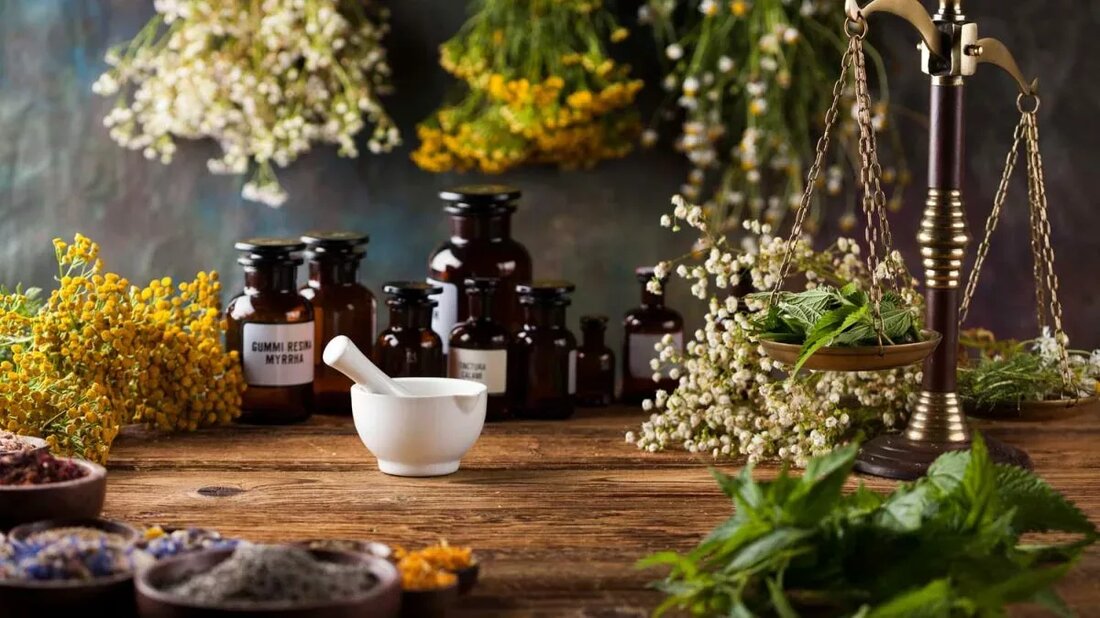Towards Chinese medicine for health problems
"There are four basic foundations for achieving and maintaining good health. These are diet, exercise, adequate rest and relaxation, and a good mental attitude," writes Bob Flaws, author of over two dozen books on Chinese medicine. In traditional Western medicine, everything must be tangible and calculable, which is why some scholars are hesitant to delve into more philosophical, cosmic realms with Chinese alternative medicine and therapies. But during this time there has been a sudden interest in yoga and Buddhism as an alternative, natural approach to pain relief that has baffled some Western scientists. Acupuncture treatment: “In an emergency I would go to the hospital, but with...

Towards Chinese medicine for health problems
"There are four basic foundations for achieving and maintaining good health. These are diet, exercise, adequate rest and relaxation, and a good mental attitude," writes Bob Flaws, author of over two dozen books on Chinese medicine.
In traditional Western medicine, everything must be tangible and calculable, which is why some scholars are hesitant to delve into more philosophical, cosmic realms with Chinese alternative medicine and therapies. But during this time there has been a sudden interest in yoga and Buddhism as an alternative, natural approach to pain relief that has baffled some Western scientists.
Acupuncture treatment: “In an emergency I would go to the hospital, but for pain there is nothing better than acupuncture,” says Dr. Teri Powers, dean of the Los Angeles Samra University of Oriental Medicine. Some people get nervous at the thought of long thread needles being inserted into specific “acupuncture points” on the body to relieve pain.
However, many patients compare the feeling of acupuncture to the natural high of exercise. While the needles don't hurt when inserted, they say, there is some activity that can be felt around the entry point, be it the Qi energy, as Chinese medicine acupuncture teaches, or the body's natural endorphins. This may feel strange at first, but most visitors feel better than ever, leading them to return for more treatments.
Chinese herbalism has been used for centuries, with some manuscripts such as “Prescriptions for 52 Diseases” dating back to 168 BC. BC. The Han, Tang, and Ming dynasties all have treatises on Chinese medicine that have become the basis of modern traditions.
One of the most popular herbal remedies is echinacea, which sells like crazy during flu season. Another herbal medicine, Gingko Biloba, is said to naturally improve memory in older people. Other everyday herbs such as ginger (reduces nausea), mint (supports digestion) or chamomile (helps sleep) are commonly used.
Some Americans find it hard to believe that activities like massage and yoga are included in traditional Chinese medicine. These practices have been proven to improve circulation and flexibility while reducing stress and providing overall well-being.
Yoga has long been touted as the “celebrity secret to toning and losing weight.” Now women use it to ward off baby weight gain and balance emotions during pregnancy. More and more business people are running to get Chinese massages on their lunch break to find their center too. Last but not least, Chinese alternative medicine is gaining ground in America because it simply feels good.

 Suche
Suche
 Mein Konto
Mein Konto
